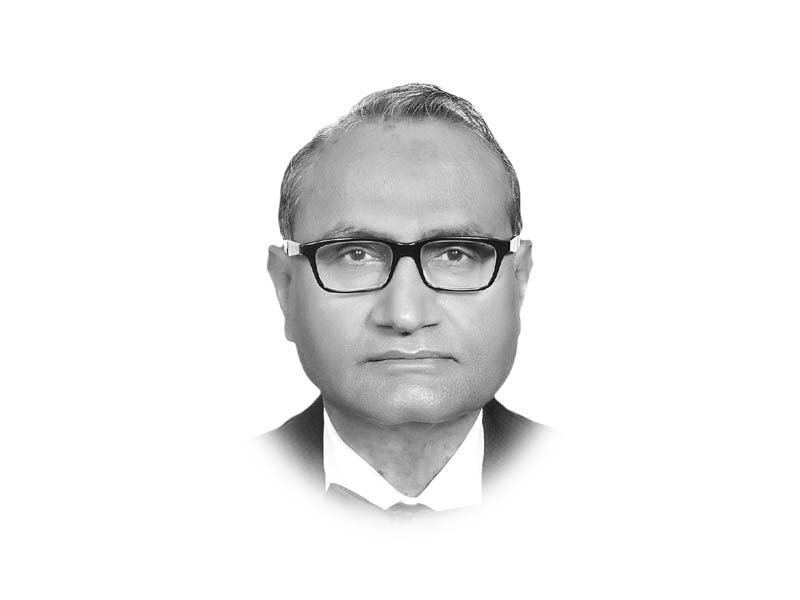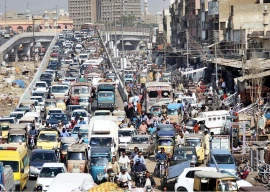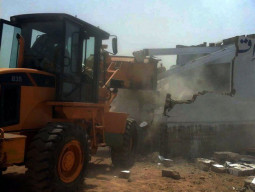
As a result of the increased allocation, the share of education in the total budget increases from18.8 to 19.4 per cent. The budget-to-budget increase of 24 per cent for education was higher than the increase in total expenditure of 19.6 per cent. However, the increase was still not high enough to make education the largest head of expenditure in the budget. Allocation is one thing, spending another. The revised development expenditure in 2016-17 was 30.2 per cent less than the budgeted amount. For the next year, the development expenditure is budgeted at over 70.4 per cent more than the revised estimate. There is no explanation as to how the experience will be any different this time round. In the case of current budget, the situation was better with a deviation of around 2 per cent.
Sindh has the largest proportion of school age children out of school. The overage children are in addition. It is, therefore, critical for the prioritisation within the education sector to be in favour of primary education. In the current budget for 2017-18, the allocation is Rs 50.9 billion, which is less than the revised budget of 2016-17 by 4 per cent, which itself was less than the budget estimate of 2016-17 by 4.2 per cent. The share in total current budget for 2017-18 is 28.5 per cent. It should be, but it is not, the largest item of expenditure in the current budget for education. With a share of 34.9 per cent, it was the largest claimant in the previous budget. On the development side, the story is no different. Out of the total education budget of Rs 24 billion, primary education receives a share of 17.1 per cent. The addition of teacher education and Sindh Education Foundation, catering largely to primary education, does not take the share to more than 21.4 per cent. Even making the unrealistic assumption that the entire miscellaneous expenditure of the education sector is for elementary education, the share goes up to 28.1, which is still less than secondary education. With a share of 31.7, secondary education is the largest claimant in the education sector. It is possible that the implementation of up-gradation plans has converted many primary schools into secondary schools, moving their allocation out of the primary education sub-sector. According to the budget speech, only 50 buildings were constructed to upgrade primary schools to middle schools in 2016-17, which remains part of the elementary education sub-sector.
Allocations like these remind one again of a speech by Mr Jinnah on Ghokhle’s Elementary Education Bill moved in the Imperial Legislative Council in April, 1912: “One of the greatest reproaches against the British rule”, he said, “is the neglect of elementary education. He warned: “You are going at jog-trot pace [and] it will take 175 years in order to get all school-going age children to school, and 600 years to get all the girls to school”.
Published in The Express Tribune, June 30th, 2017.
Like Opinion & Editorial on Facebook, follow @ETOpEd on Twitter to receive all updates on all our daily pieces.













































COMMENTS
Comments are moderated and generally will be posted if they are on-topic and not abusive.
For more information, please see our Comments FAQ